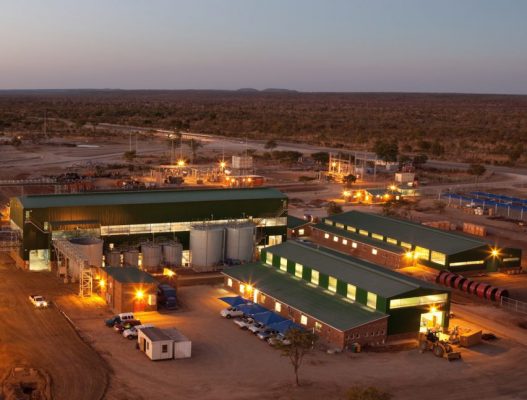Aussie, Chinese investors keen to fire up Zisco

There is a renewed interest in the Zimbabwe Iron and Steel Company (Zisco) from international investors following the collapse of negotiations between the company and R & F of China late last year.
Industry and Commerce Minister Dr Sekai Nzenza, told The Herald Finance & Business in an interview yesterday that Zisco had received enquiries from potential investors from China and Australia.
“What is exciting is the level of interest we are receiving and the revival of Zisco is critical to the National Steel Strategy that the Government is working on,” said Dr Nzenza.
Zisco stopped operations in 2008 due to lack of capital to recapitalise and poor management. With its furnaces having capacity to produce up to one million tonnes annually, the company was among Zimbabwe’s major foreign currency earners.
Dr. Nzenza said various parties would be involved in the selection of the investor including the a committee of ministers and the Zimbabwe Investment Development Agency to ensure proper due diligence.
The Government is working on the National Steel Strategy meant to create a vibrant industry.
Zisco started operations in Bulawayo in 1938 having been formed by a private consortium.
In 1942, the Government formed the Rhodesia Iron and Steel Commission, a statutory body which took over the steel works.
In 1946, a small plant was constructed at Redcliff and commenced production in 1948. Between 1948 and 1956, Zisco gradually expanded and a year later, the Rhodesia Iron and Steel Company was formed followed by an expansion programme, which saw the commissioning of modern blast furnaces and installation of the first coke oven battery.
The expansion of the plant continued until 1975 when blast furnace 4 was commissioned, bringing steel works capacity to one million tonnes of liquid steel per year.
By early 1990’s operations at Zisco started deteriorating while mining costs at Buchwa Mine sharply rose, forcing the company to develop Ripple Creek Mine for the supply of iron ore to the blast furnaces.
Blast Furnace 4 was reaching the end of its lifespan and was taken off in 1994. A Chinese company was contracted to reconstruct and reline the furnace, which was recommissioned in 1999.
Zisco is 91 percent owned by the Government.
The remaining 9 percent is held by Louth Minerals SA (3 percent), Tonexin Investments (2,8 percent), Stewarts and Lloyds (Overseas) (1,76 percent), Franconian Investments (0,81 percent), Amzim Limited (0,75 percent) and Zambia Copper Investment Limited (0,13 percent).
The Government in 2013 entered into an agreement with ESSAR of India to sell 60 percent shareholding but the deal collapsed in 2015.
The Government then signed another agreement with R & F Properties of China to sell its entire shareholding but again the deal collapsed in December last year.
At the time Zisco was in talks with R & F, the Government agreed to sell some of Zisco key assets to ZimCoke, a company fronted by Mr Eddie Cross.
The agreement is being reviewed after the board raised concerns.
Zisco, when operational will have potential to be one of the largest foreign currency earners for the country’s.
It will be an engine for growth in the agriculture, mining, building, construction and manufacturing industries_The Herald


